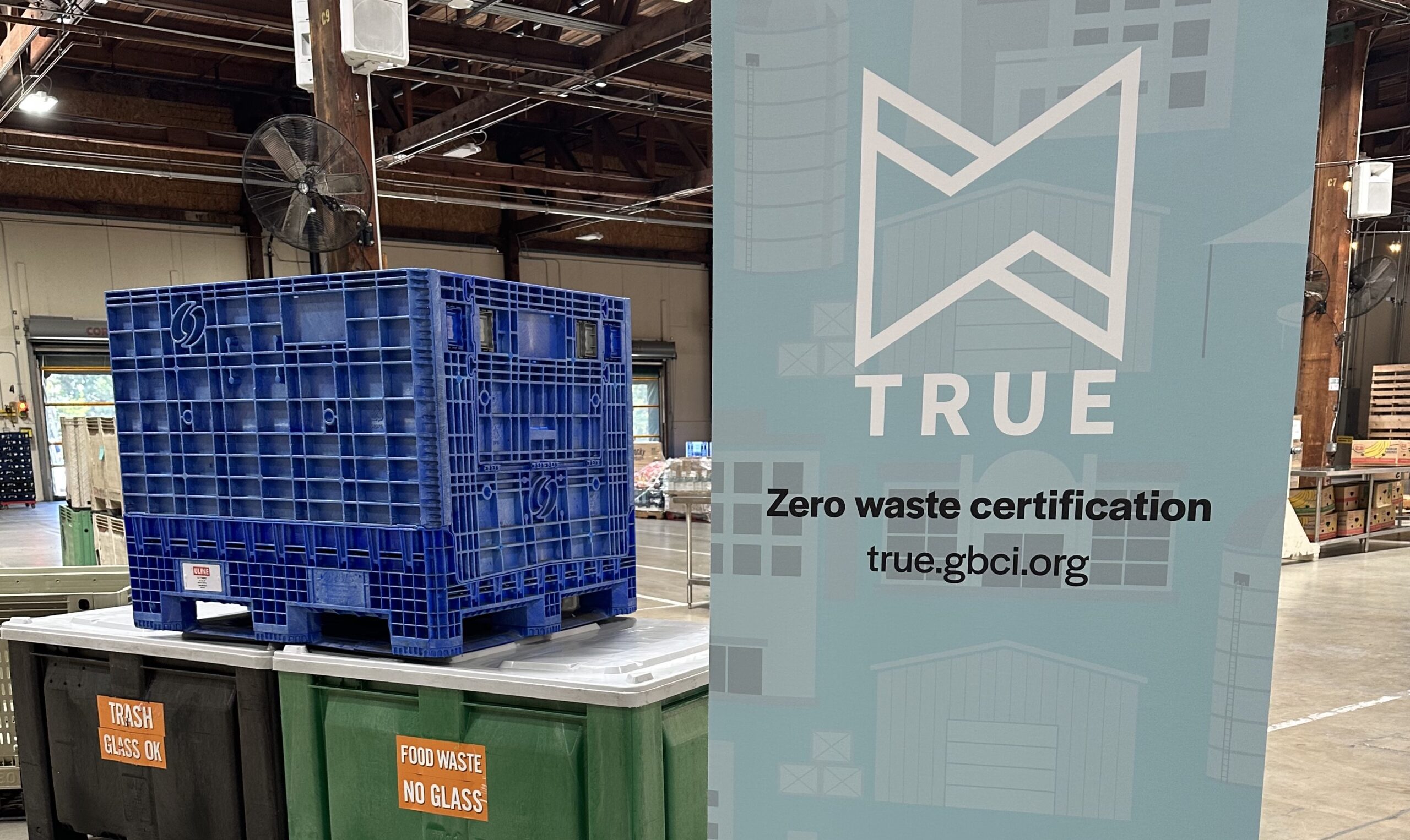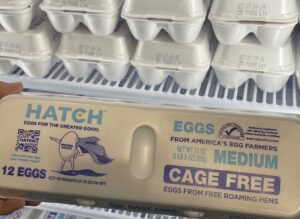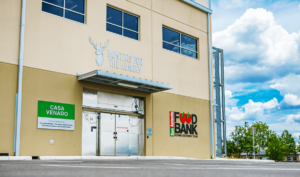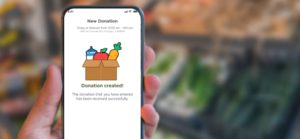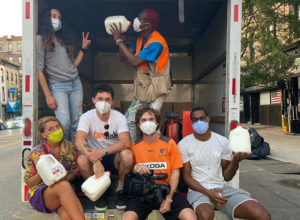A series of small changes has enabled Second Harvest Food Bank of Orange County to whittle away waste in its operations, making it the first food bank in the world to be certified for its sustainability efforts.
The food bank has received a TRUE certification for zero waste, signifying that it is diverting virtually all of its solid waste away from landfills. The TRUE certification, which stands for Total Resource Use and Efficiency, was awarded by Green Business Certification, Inc., a well-known certifier of excellence in green business performance.
The food bank has reduced its amount of waste going to landfill from 41% to less than five percent currently. Now, material that used to be thrown away – including edible and non-edible food, cardboard boxes, paper and plastic cutlery – is being reused, recycled or reduced.
The certification comes as California food banks are responding to the impact of SB1383, a mandate for food producers to increase the amount of food diverted from landfills, and puts Second Harvest Food Bank of Orange County in position to “lead by example,” said Claudia Bonilla Keller, CEO. “We see ourselves as contributing to community health by providing healthier food,” she said. “So we also have to look at the health of the entire community, which includes the health of the environment.”
Getting the 35 credits needed to be certified was a two-year process that required a lot of assessing and adjusting of procedures, as well as communication, training and implementing. A group of four, including leaders from the logistics, operations and facilities areas, formed the core team, along with Keller.
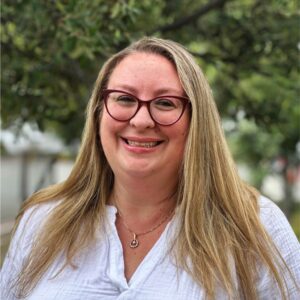
Small changes made to its grocery rescue program went a long way toward helping the food bank cut down on waste. For one, the food bank directed more of its partner agencies to pick up rescued food directly from grocers, resulting in food being distributed more quickly and less waste. The food bank also introduced a sorting process to separate out food that could be composted rather than just thrown away. “That was us making intentional choices on how we sort the items and being more mindful with our grocery rescue program,” said Kelly Alesi, Director of Sourcing, Logistics and Sustainability.
Other changes included investing in heavy-duty plastic agricultural bins to harvest food, replacing cardboard boxes that got weaker over time. Plus, the transportation team is now using iPads to conduct their daily inspections, rather than paper. And with its vendors, the food bank is requesting that they use pallet straps to secure food boxes, rather than plastic wrap. Some changes are more cultural, such as prompting employees to take advantage of reusable cutlery and coffee mugs, and asking them to check a supply cabinet first before purchasing new supplies.
One factor that helped Second Harvest complete its certification was its expertise in Six Sigma, a formal methodology aimed at improving business processes. In 2020, Alesi and two other directors got their Black Belts in Six Sigma, a process that can take months of training. They soon saw the value of spreading Six Sigma principles around the organization and had managers complete their green belts; supervisors their yellow belts, and front line staff their white belts (which can be done in a matter of hours).
The widespread training has given the food bank a common language for trouble-shooting processes and communicating changes. Conversations about improvements that might be taken personally instead get wrapped up in the non-threatening language of Six Sigma. “It’s been really, really beneficial and I feel like having that background made the process so much smoother for zero waste,” Alesi said.
She added that any food bank, no matter its level of expertise, can make small changes to contribute to the environment. “Anybody can take these little steps,” she said. “If they can’t get that full TRUE certification, they can at least take steps to look at ways to divert from the landfill because it is just the right thing to do for the world and our environment and our community.” – Chris Costanzo
Like what you’re reading?
Support Food Bank News
This article was made possible by the readers who support Food Bank News, a national, editorially independent, nonprofit media organization. Food Bank News is not funded by any government agencies, nor is it part of a larger association or corporation. Your support helps ensure our continued solutions-oriented coverage of best practices in hunger relief. Thank you!
Connect with Us:
